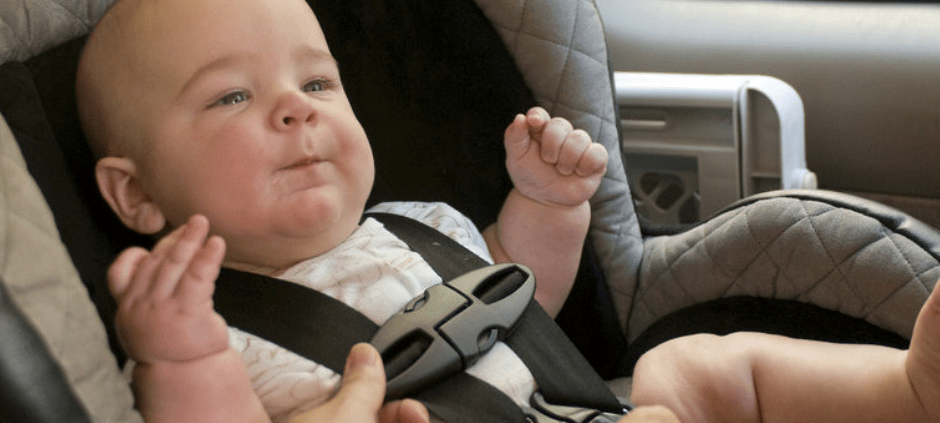What is the California Car Seat Law?

Understanding the California Car Seat Law
If you have a child, or find yourself driving with one in the car, it is crucial you understand the California child car seat laws. If not for the safety of the youth, do it for your wallet in regarding the avoidance of costly tickets. The bottom line: Educating yourself in car seat safety is a wise investment of your time.
Car Seats, Booster Seats, and Harnesses
The law differs between car seats, booster seats, and harnesses. The first seat a child will use in a vehicle is a basic harness. They are the safest form of protection for children in cars. Next comes the booster seat, the most common car seat used for children. There is no law regarding the graduation from a basic harness to a booster seat. This is up to the driver’s digression. With every seat “upgrade,” there is a subtraction in the amount of protection for your child. A forward-facing harness can usually be replaced by a booster seat when a child weighs between 40 and 65 pounds. Refer to the individual seat manual for further information.
Once your child is too old for the booster seat, be sure they are using their seatbelt correctly. Although it is not written in the law, it is imperative to practice safe restraint technique when securing the young passenger. When your child is sitting up straight, be sure the lap belt sits low on their hips, and covers the top of their thighs. The shoulder strap should cover the mid-shoulder and the middle of the chest. Your child may sit in the front seat, but keep in mind, the back is usually safer.
What is the Law?
There are various booster seat law regulations for children. These differences are centered around the age of your child. If your child is under the age of 2, then they must sit in a rear-facing car seat. An exception to this is the “40-rule.” If your child weighs more than 40 pounds, or is more than 40 inches tall, then a rear-facing car seat is not required. California Vehicle Code Section 27360 explains that your child should be secured with compliance to the car seat manufacturer’s instructed weight limits.
If your child is younger than eight, then they must stay in a back-seat booster seat or car seat. If your child is either older than 8, or taller than 4’9”, an ordinary seatbelt is satisfactory. They are also allowed to use a booster seat, as well. Keep in mind, passengers over the age of 16 cannot ride in any type of car seat, they are required to wear a standard seat belt by law.
In order to avoid a traffic stop for child passenger safety, check out additional resources at the California Office of Traffic Safety: DPS.gov
What if I Receive a Car Seat Ticket?
The first offense of any child passenger violation will cost you $475, while a second offense will negate a hefty $1,055. Whoever is driving will get the ticket, regardless if it is the parent. If a non-parent is driving the car, but the actual parent is also a passenger, the parent will be cited. This person could be required to take a course in installation and usage of child car seats.
Have you already been stopped and cited for a child car seat safety ticket? Don’t fret, there are services that can reduce your ticket, or eliminate it altogether. TicketBust is a system that fights traffic tickets, including child car seat citations. The service has a history of winning court cases, effectively saving its clients’ money and a clean record. While it is preferred you don’t receive one of these tickets in the first place, take advantage of this fantastic program if you find yourself with a citation!

